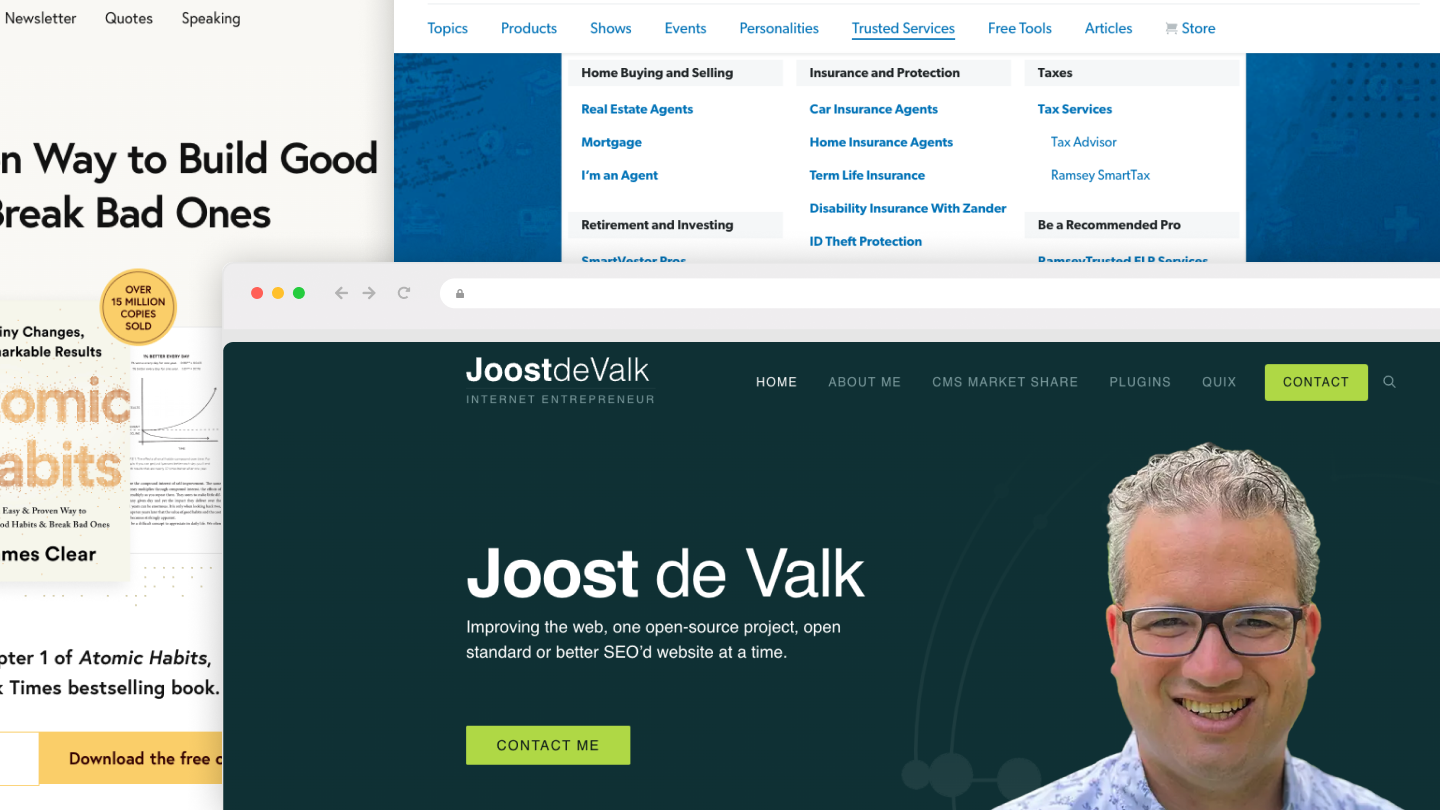As we turn the page into 2024, the world of web design continues to evolve at a pace as dynamic as the bustling streets of Richmond. Just like the city’s landscape, which seamlessly blends historic charm with modern innovation, the realm of web design is constantly shifting, presenting new trends and challenges. For businesses and web enthusiasts alike, staying abreast of these changes is crucial in maintaining a digital presence that’s not just contemporary but also effective and user-friendly.
In this journey through the latest trends in web design, we’ll explore what’s capturing the attention of designers and users alike in 2024. It’s about distinguishing the fleeting fads from the meaningful movements – understanding which trends can elevate your website and which could potentially hinder it. Whether you’re a local business owner in RVA, a creative mind, or someone simply intrigued by the ever-changing digital world, this guide aims to shed light on the pathways to embrace and the pitfalls to avoid in web design this year.
So, let’s dive in and discover how to weave these trends into your website’s fabric, ensuring it not only resonates with your audience but also stands out as a beacon of innovation and user engagement.
In this article:
Explore the key web design trends to embrace and avoid in 2024, ensuring your website remains stylish, functional, and user-friendly!
Web Design Trends to Embrace in 2024
As we delve into the new year, certain web design trends stand out, promising to shape the digital landscape in innovative and user-centric ways. These trends not only align with the aesthetics of modern web design but also emphasize functionality and inclusivity. Here’s a closer look at what’s set to define web design in 2024.
Minimalism and Simplicity
The timeless appeal of minimalism continues to reign in web design. In 2024, this trend evolves further, emphasizing cleaner layouts, more negative space, and a focus on essential content.
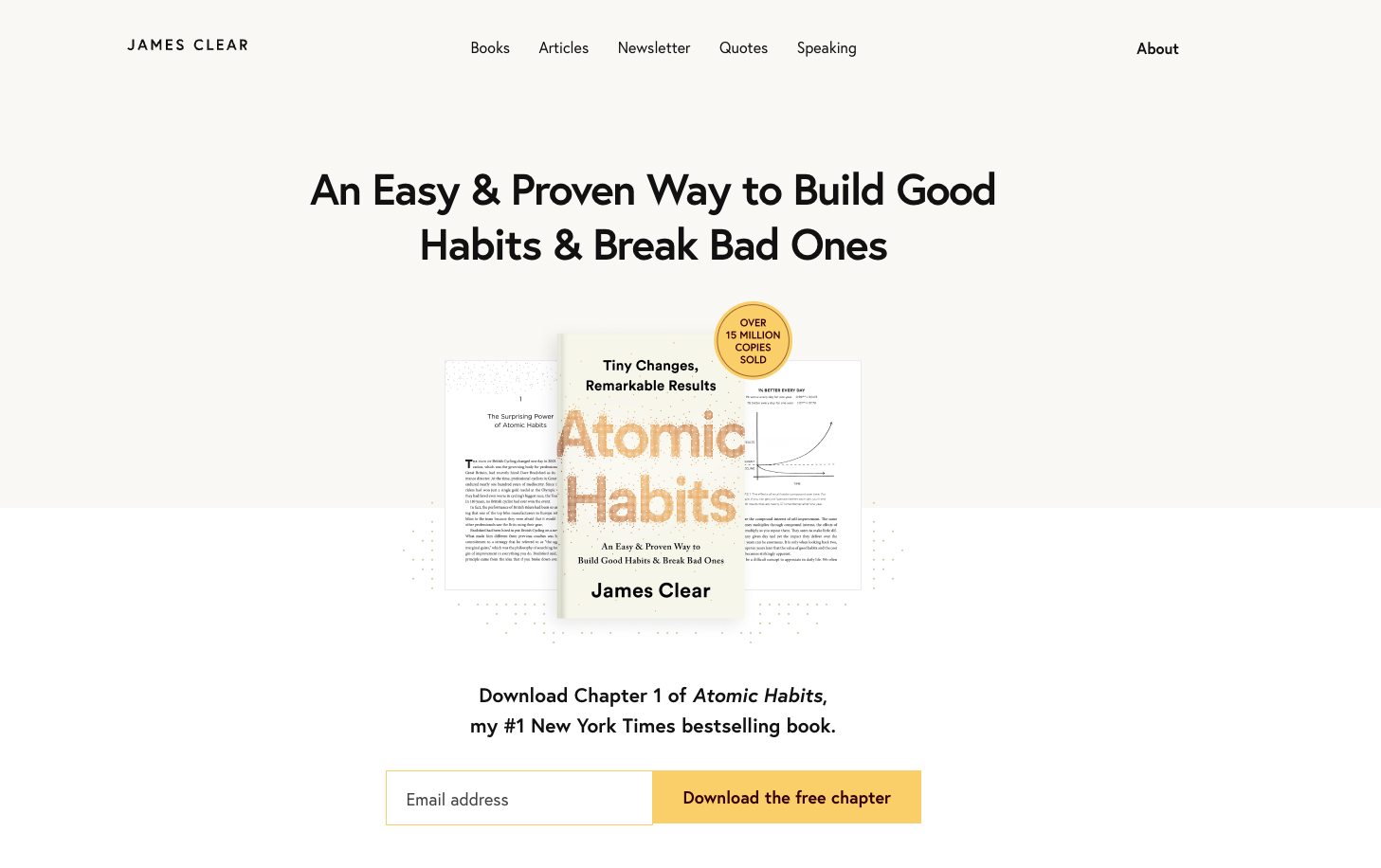
- Why It Works: Minimalistic designs reduce cognitive load, making it easier for users to navigate and interact with your site. The less cluttered the layout, the more your content stands out.
- Implementing the Trend: Opt for simple color schemes, straightforward typography, and a clear hierarchy of information. It’s about creating an intuitive user experience that feels both modern and effortless.
Inclusive and Accessible Design
Inclusivity in web design isn’t just a trend; it’s a necessity. This year, more emphasis is being placed on creating websites accessible to all, regardless of their abilities or disabilities.
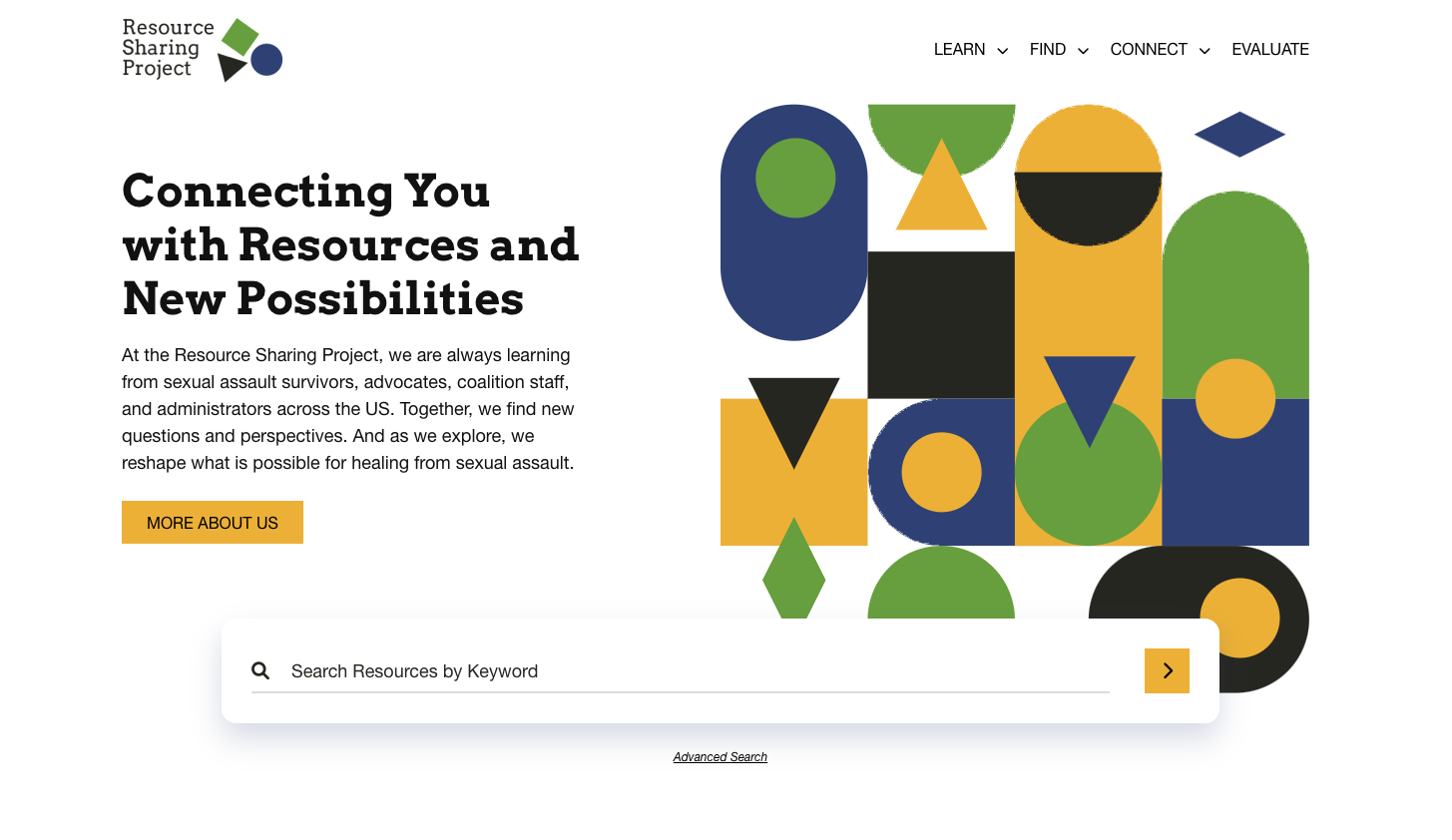
- Key Aspects to Consider: Ensure your site is navigable via keyboard commands, use alt tags for images, and offer text-to-speech options. These elements make your website more accessible to a broader audience.
- Designing for All: Utilize tools and guidelines like the Web Content Accessibility Guidelines (WCAG) to check your site’s accessibility. Remember, an accessible website is not only inclusive but also more likely to rank higher in search engine results.
Engaging Micro-Interactions
Micro-interactions, those small animations and effects that occur when users interact with your site, are gaining more prominence. They add a level of engagement and interactivity without overwhelming the user.

- Best Practices: Use micro-interactions for feedback, such as confirming a form submission, or to subtly guide users through your site. The key is subtlety – they should enhance the experience, not distract from it.
Sustainable Web Design
An emerging trend in 2024 is sustainable web design, focusing on creating websites that are energy-efficient and eco-friendly.
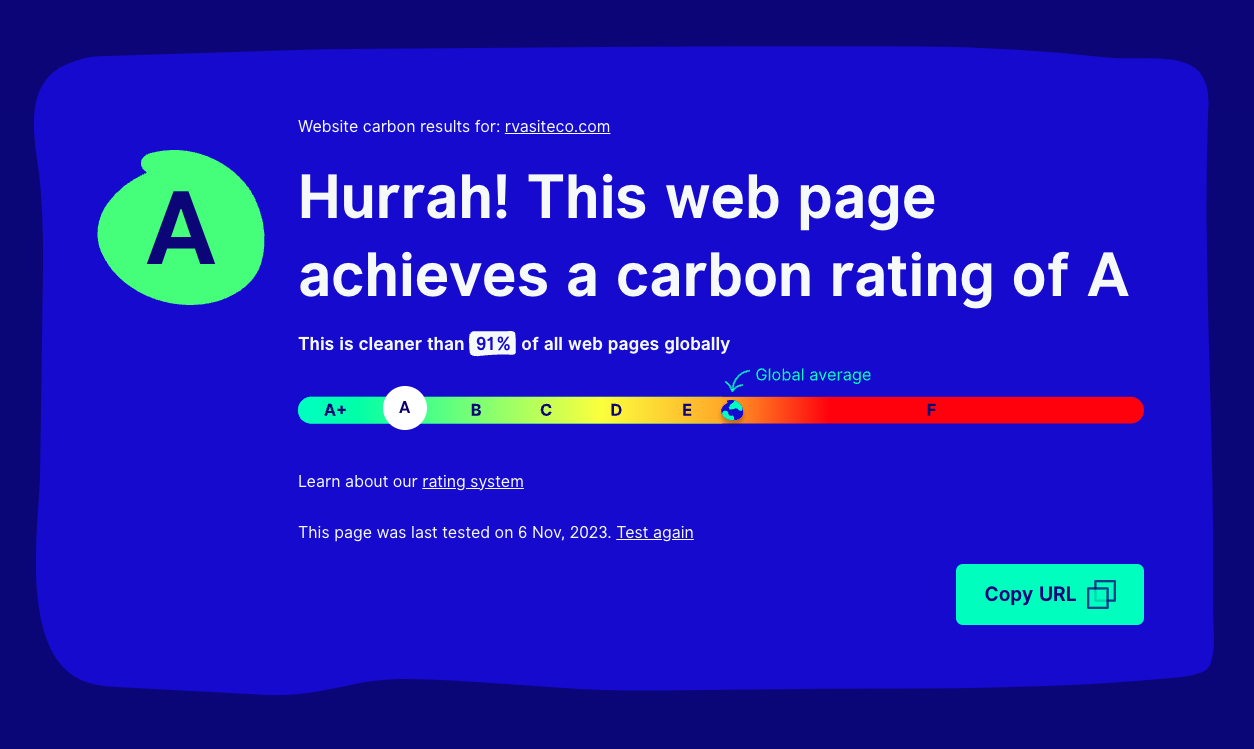
- Implementing Eco-Friendly Practices: Optimize images and videos to reduce file sizes, minimize the use of heavy animations, and choose eco-friendly hosting providers. Sustainable web design not only benefits the environment but also improves site speed and user experience.
- Aligning with Consumer Values: More consumers are becoming environmentally conscious and appreciate businesses that take a positive stance on environmental issues. By adopting sustainable web design practices, you’re not only contributing to a greener planet but also resonating with the values of your audience, which can enhance brand loyalty and perception.
Trends to Avoid in 2024
While embracing new trends is key to staying current, it’s equally important to recognize which trends might hinder rather than help your web design. Here are some trends that, in 2024, are best approached with caution or avoided altogether to ensure your website remains effective and user-friendly.
Overuse of Heavy Media
High-resolution images and videos can enhance a website’s appeal, but when overused, they can significantly hamper site performance and user experience.
The site below was tested using Pingdom’s Website Speed Test and shows that it has a page size of 103.5 MB. Generally, we want to keep a page under 1 MB where possible.
This critical failure is a classic example of using heavy media.
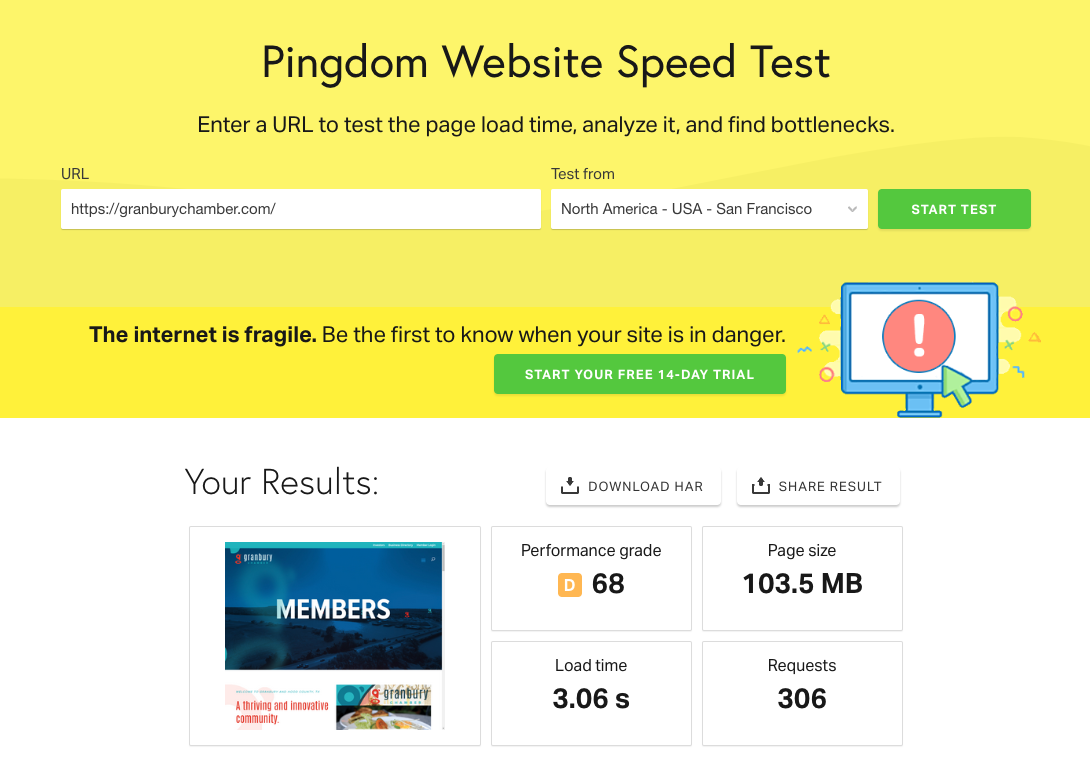
- Impact on Performance: Large media files can drastically slow down your site’s loading times, leading to higher bounce rates as users lose patience.
- Balancing Visuals and Performance: Aim for a balance between visual appeal and website speed. Use image and video compression tools to reduce file sizes without compromising quality, and consider using lighter media alternatives where possible.
Complicated Navigation
Complex navigation structures can be confusing and frustrating for users, leading them to leave your site in search of a more straightforward experience.
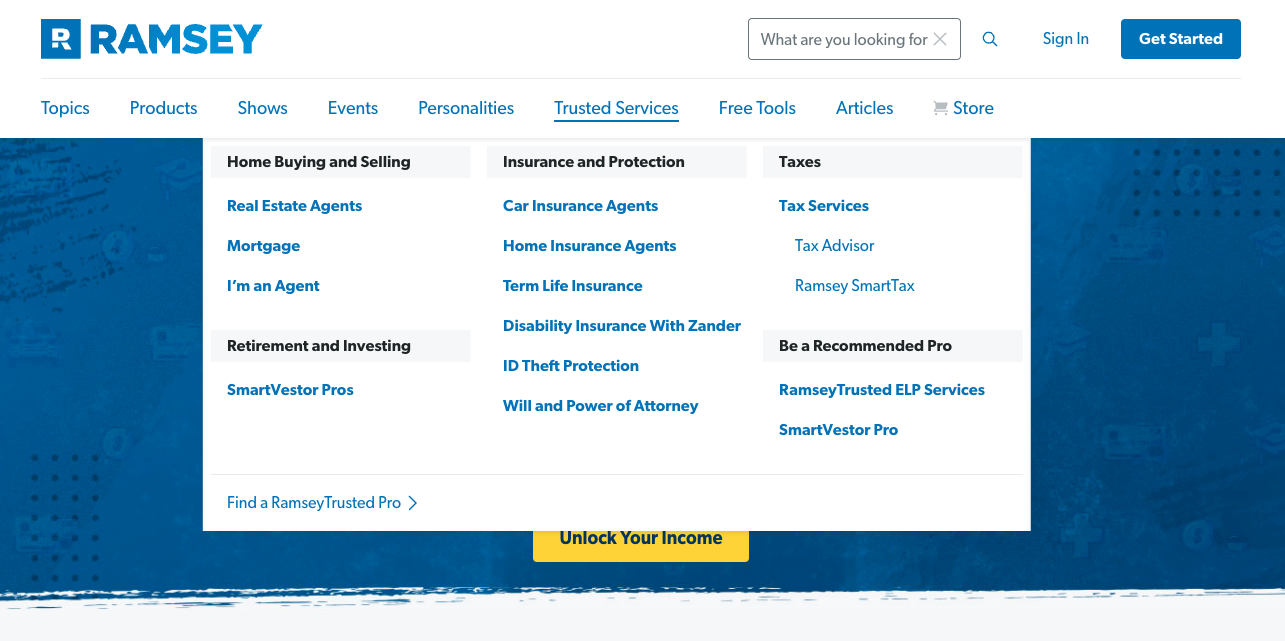
- User Confusion: Overly intricate or unconventional navigation can disorient users, making it difficult for them to find the information they need.
- Simplification Is Key: Streamline your navigation menus. Stick to clear, intuitive layouts that users can easily understand and navigate, enhancing the overall user experience.
Overreliance on AI-Generated Content
While AI tools can be helpful, overreliance on them for content creation can lead to generic and impersonal web experiences.
- Lack of Personal Touch: AI-generated content often lacks the personal, human touch that resonates with users, making your website feel less authentic.
- Blending AI with Human Creativity: Use AI as a tool to assist in content creation, but ensure that the final output is refined and personalized by human input to maintain authenticity and engagement.
Ignoring Mobile-First Design
In a world where mobile internet usage is increasingly dominant, not prioritizing mobile-first design can significantly harm your website’s effectiveness.
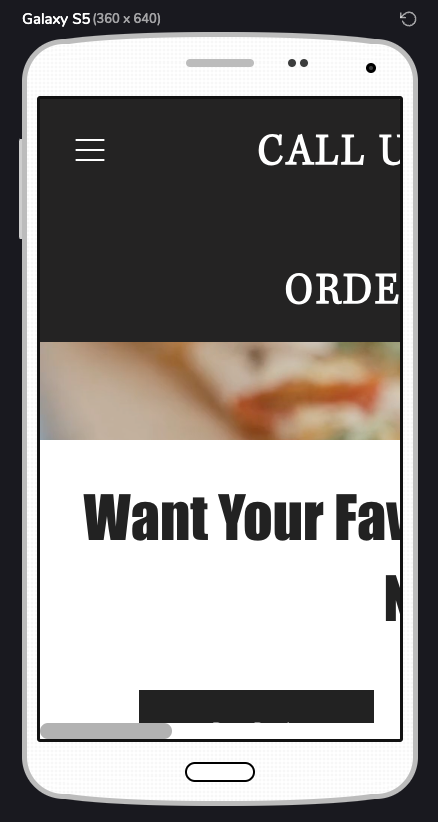
- Missed User Engagement: A website not optimized for mobile devices can lead to poor user experiences, potentially driving away a significant portion of your audience.
- Prioritize Mobile Experience: Ensure your website design is responsive and functions seamlessly across all device types, particularly on mobile, to cater to the widest possible audience.
Balancing Innovation with Functionality: The Art of Modern Web Design
When it comes to web design, striking the right balance between embracing cutting-edge trends and maintaining core functionality can often feel like walking a tightrope. This delicate act is crucial, especially as we navigate through the evolving landscape of web design in 2024.
Finding Harmony in Web Design
Imagine a jazz band playing in one of Richmond’s cozy nightspots. Each musician brings their unique flair to the performance, but it’s the harmony they create together that truly captivates the audience. Similarly, in web design, the magic lies in blending innovative trends with foundational functionality to create a harmonious user experience.
The Role of Innovation
Innovation in web design is about more than just aesthetics; it’s about pushing boundaries and exploring new possibilities. It involves:
- Experimenting with New Technologies: From advanced CSS techniques to the latest JavaScript frameworks, experimenting with new tools can lead to groundbreaking design solutions.
- Creative Visual Storytelling: Leveraging design to tell your brand’s story in a unique and engaging way can create a memorable experience for your visitors.
Upholding Core Functionality
While innovation propels your design forward, the core functionality serves as the anchor, ensuring that your website remains user-friendly and efficient. This includes:
- Intuitive User Interfaces: Regardless of the design complexities, the user interface should always be intuitive and easy to navigate.
- Performance Optimization: Innovative design should not come at the cost of performance. Ensuring your site loads quickly and runs smoothly is paramount.
Striking the Perfect Balance
To achieve this balance, consider the following:
- User-Centric Approach: Always design with the end-user in mind. Feedback and user testing can provide invaluable insights into how well your innovations are being received.
- Iterative Design Process: Adopt an iterative approach to design, where you introduce new elements gradually and refine them based on user interaction and feedback.
- Keeping Up with Trends, Responsibly: Stay informed about the latest design trends, but apply them judiciously. Not every trend will align with your brand or audience’s needs.
How RVA Site Co. Can Help: Elevating Your Web Design Journey
As we navigate the ever-evolving landscape of web design in 2024, RVA Site Co. stands ready to guide and support you through every step of creating a dynamic, modern website. Our process, tailored to your unique needs and vision, simplifies what can often be an overwhelming journey into a seamless and rewarding experience.
A Streamlined, Stress-Free Approach
Embarking on a web design project with RVA Site Co. is like having a trusted guide by your side. Our process begins with an easy online sign-up, a streamlined step that gets you started in less than five minutes. From there, we dive into understanding your vision through a comprehensive project interview. This initial conversation is crucial for us to grasp the full scope of what you envision for your site, ensuring that every aspect we create aligns with your goals and brand identity.
Once we’ve gathered your insights and preferences, the exciting part begins. We’ll present you with a mockup of your site, offering you a first glimpse of your future online presence. This is where our collaborative spirit shines – we encourage your feedback and refine the design until it perfectly mirrors your vision. And when it’s time to launch, our team ensures a smooth transition, making the process as easy and stress-free as possible.
The Power of a Subscription-Based Model
Choosing RVA Site Co. means more than just getting a new website; it’s about embracing a partnership that brings continuous value and growth. Our subscription-based model offers a host of benefits:
- Immediate ROI: Launch your site without hefty upfront costs, seeing value from day one.
- Lower Risk: Develop your website in phases, reducing financial strain and allowing flexibility.
- Continuous Support: Enjoy the peace of mind that comes with ongoing site management, from security updates to content changes.
- Future-Proof Design: Your website stays current, evolving alongside your business and the digital landscape.
- Efficient Turnaround: Get your site up and running quickly, with the flexibility to refine as you go.
Beyond Just a Website
With RVA Site Co., you’re not just building a website; you’re investing in a dynamic digital strategy. We understand that each business has unique needs, which is why our range of plans – Lite, Plus, and Premium – are designed to cater to various requirements and budgets.
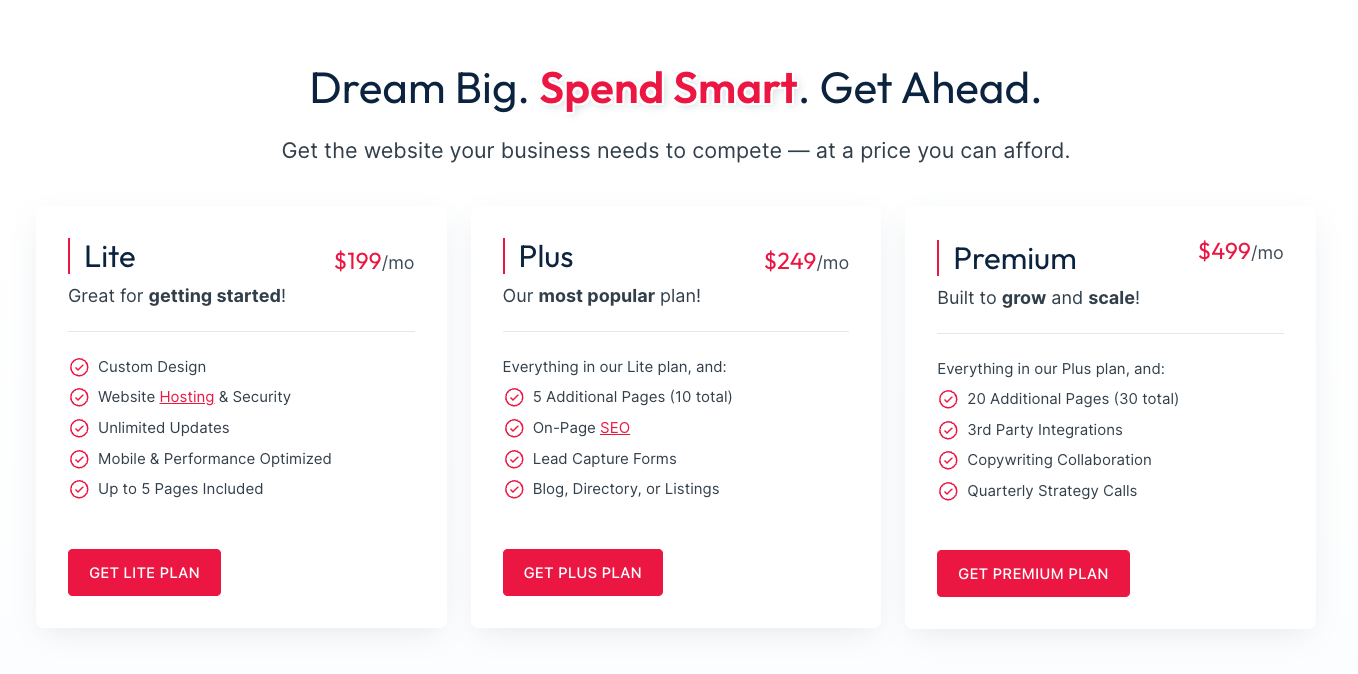
Whether you need a simple, elegant site or a comprehensive online platform with advanced features, we have the expertise and resources to bring your vision to life.
In choosing RVA Site Co., you’re joining forces with a team that’s committed to your success. Our approach combines the latest in web design with a deep understanding of digital marketing and SEO, ensuring your site not only looks great but also performs exceptionally in today’s competitive digital arena.
Take the Next Step with RVA Site Co.
Ready to transform your online presence? Reach out to us at RVA Site Co. Let’s start this journey together, creating a website that’s not only visually stunning but also strategically designed to drive growth and engagement. With RVA Site Co., the future of your digital presence is bright, innovative, and boundlessly effective.
